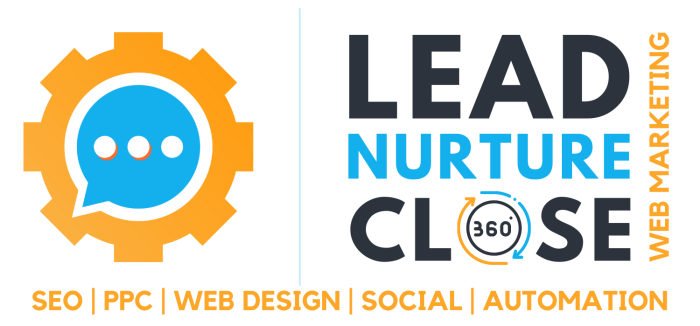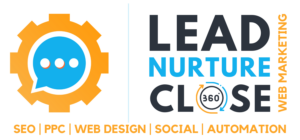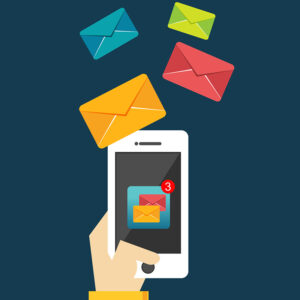In today’s marketing environment, having an online presence is paramount for any business. Your website serves as a virtual storefront, and just like a physical store, it needs periodic updates and renovations to stay competitive and appealing to your customers. If you’ve had your website for some time, and haven’t made updates to the overall look, feel, design or even the core software, it may be time for an overhaul. What are the signs that indicate it’s time to update your business website and the key factors to consider during the process?
1. Outdated Design: One of the most apparent indicators that it’s time for a website update is an outdated design. If your site looks like it belongs to a different era, it’s likely turning away potential customers. Modern design trends change rapidly, and keeping up with them can significantly improve user engagement.
2. Slow Loading Speed: In the digital age, users expect lightning-fast loading times. If your website takes ages to load, visitors are likely to bounce away and seek information or products elsewhere. Updating your site’s infrastructure can improve its speed and provide a better user experience.
3. Mobile Responsiveness: With the majority of internet traffic coming from mobile devices, having a mobile-responsive website is non-negotiable. If your site doesn’t adapt well to different screen sizes, it’s time for an update to ensure accessibility across all platforms.
4. Poor User Experience: User experience is crucial for retaining visitors and converting them into customers. If your website is difficult to navigate or lacks intuitive features, you risk losing potential clients. An update can address these issues and enhance user satisfaction.
5. Outdated Content: Your website’s content should reflect the latest information about your products or services. If your content is outdated or inaccurate, it’s time for a content refresh to maintain relevance and credibility.
6. Low Search Engine Ranking: If your website is not ranking well on search engines, potential customers may not find you. An SEO-optimized update can help improve your website’s visibility and increase organic traffic.
7. Security Concerns: Cybersecurity is a growing concern. An outdated website may have vulnerabilities that expose both your business and your customers to potential threats. Updating your website’s security measures is crucial to protect sensitive data.
8. Integration of New Features: As technology evolves, new features and functionalities become available. Integrating these into your website can enhance user engagement and streamline business operations.
9. Rebranding or Repositioning: If your business has undergone rebranding or repositioning, your website should reflect these changes. An updated website ensures consistency in your branding and messaging.
10. Competitor Advancements: If your competitors have recently updated their websites and yours lags behind, you risk losing market share. Staying competitive requires periodic updates to match or surpass industry standards.
11. Analytics Insights: Regularly monitoring website analytics can provide valuable insights into user behavior. If the data shows a decline in engagement or conversion rates, it’s time to address the issues through an update.
12. Social Media Integration: In today’s digital landscape, social media plays a significant role in brand promotion. Integrating social media features and content into your website can boost your online presence.
13. Compliance with Regulations: Laws and regulations related to the internet, such as accessibility requirements or data privacy laws, may change. Ensuring your website complies with these regulations is essential to avoid legal issues.
14. Improved Content Strategy: A well-planned content strategy can attract and retain customers. If your current content strategy is lacking, an update can help you create more engaging and valuable content for your audience.
15. Future-Proofing: Lastly, consider future-proofing your website by adopting scalable technologies and practices. This approach will save you time and resources when it’s time for the next update.
Your business website is a dynamic asset that requires periodic updates to remain effective and competitive in the digital landscape. By recognizing the signs that indicate the need for an update and considering the key factors mentioned, you can ensure that your online presence continues to serve your business’s goals effectively. Don’t wait until your website becomes a hindrance; take proactive steps to keep it fresh, engaging, and aligned with your business objectives. Getting a new, modern and effective website is more affordable than you might think, and the impact to your business can be dramatic.
Stay tuned for more updates and tips on navigating digital transformations in your business. If you have any questions or need assistance with migrating your website, feel free to reach out to Lead Nurture Close for expert guidance and support.

















